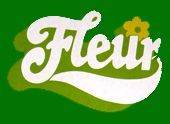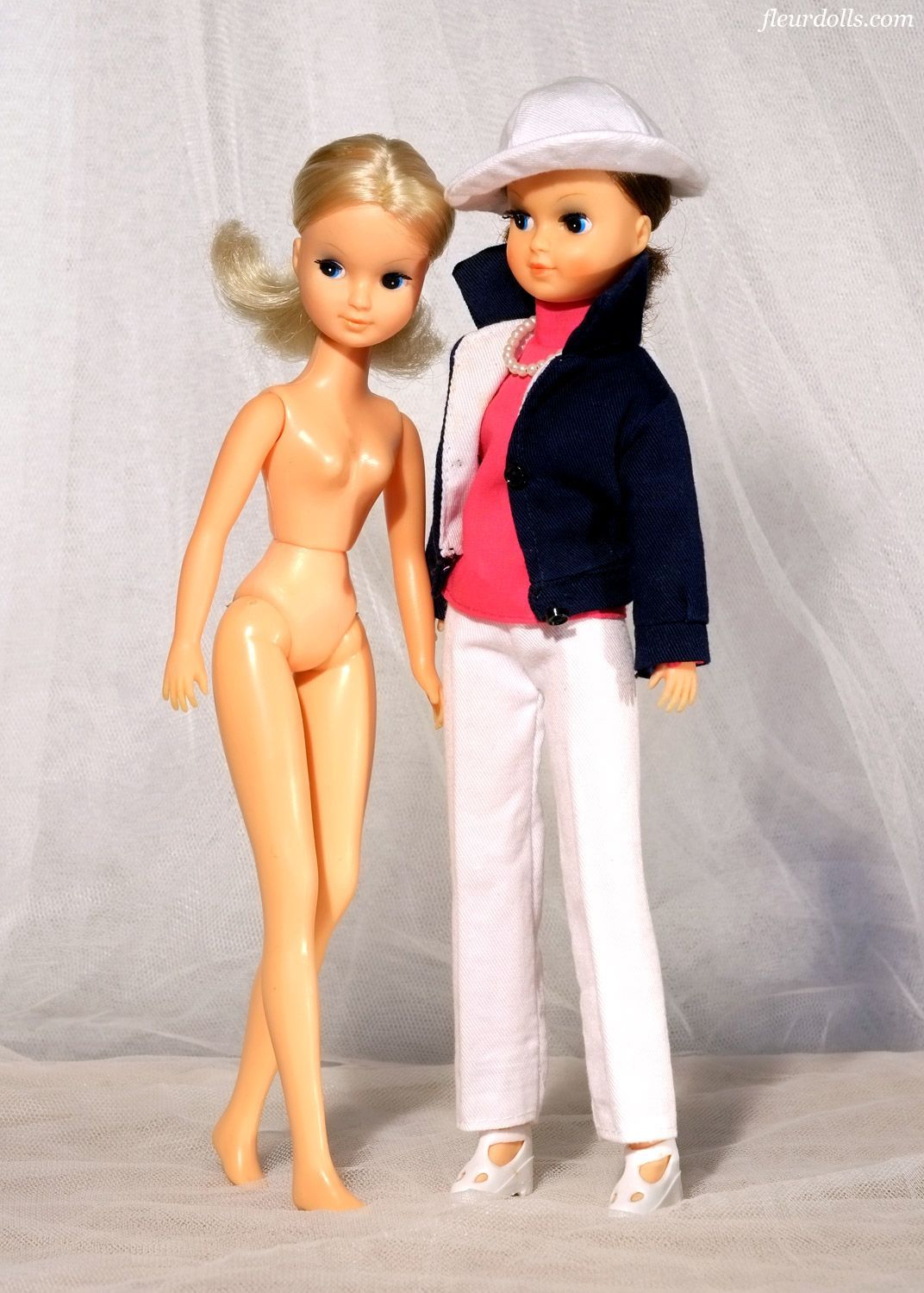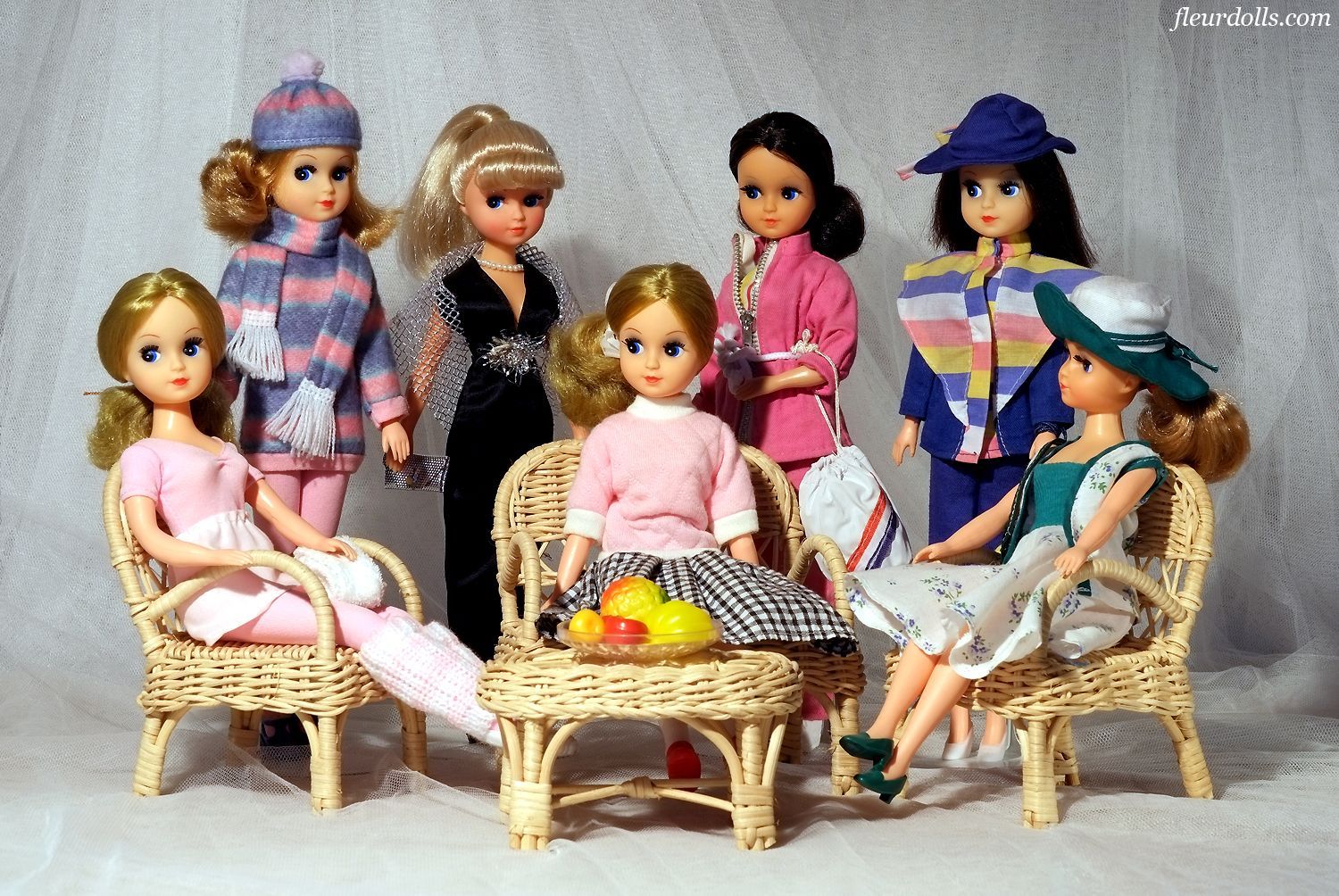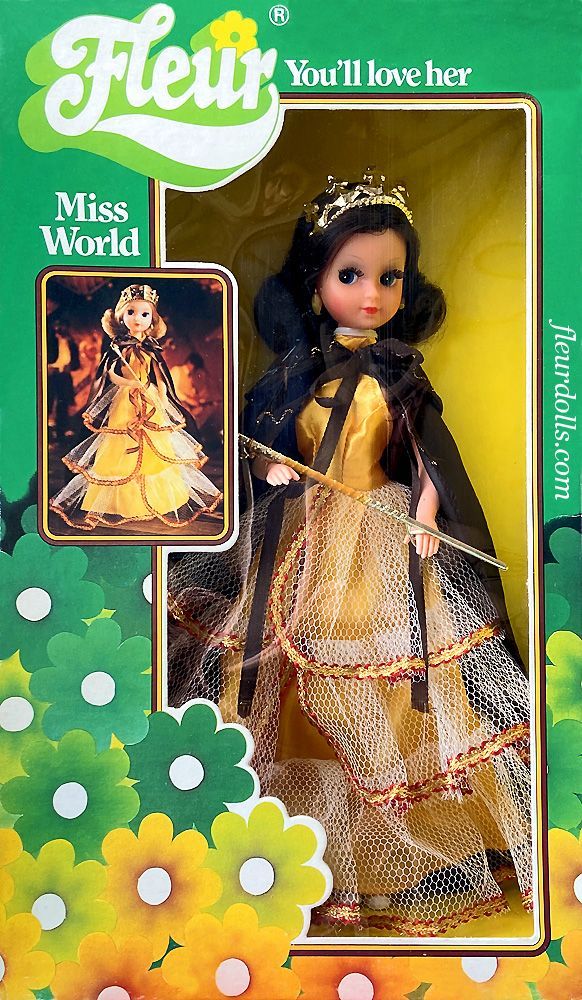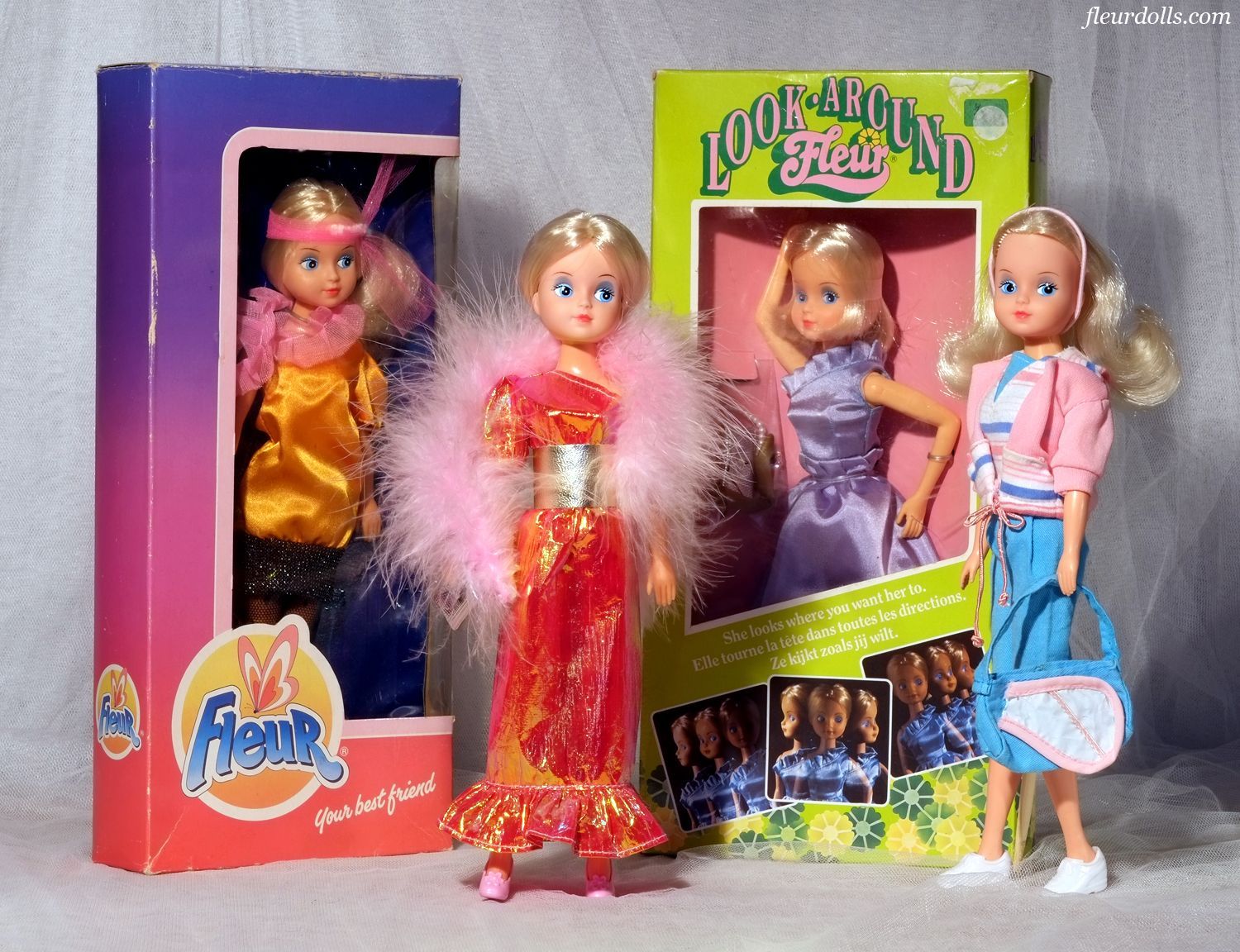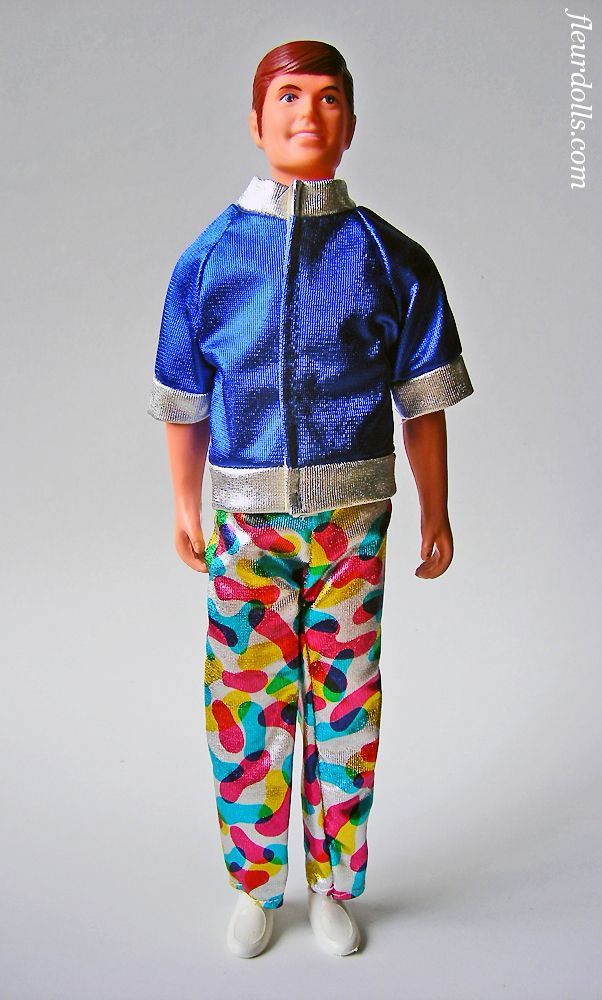Some dolls are created in a boardroom as a sales concept. Other dolls have their own personal history that truly distinguishes them from the rest. Fleur is the doll with history. She was produced for only a decade - 1978 to 1988 - and exported around Europe in small quantities. From an idea born out of passion to stupendous European success and a sudden end of production - here is Fleur's story.
The 1980s are hailed by many as the golden age of toys. According to popular opinion, it was Barbie's finest decade, and overall an era of unsurpassed creativity in the toy markets (for both boys and girls). Some of the classic 1980s toys are still produced today, while others fetch handsome sums on eBay, carried by powerful nostalgia. Fleur belongs firmly in the nostalgia category. A creation of that productive decade, she was designed in Holland, where she enjoyed huge popularity followed by a sudden disappearance. Her creators and makers - the Dutch company Otto Simon (est 1911 in Holland), part of Buhrmann Tetterode group (est 1963 in Holland) - still exist. Various people have contacted Otto Simon's offices to ask about Fleur, her history, designs, plans, catalogues, archives... anything at all. Apparently, nothing remains. Employees who worked on Fleur have long since retired or left the company. However, in 2014, Wim Remken (one of Fleur's creators) was happy to share his personal recollections of Fleur's history with me.
